A Local Perspective to Rome’s Creative Scene
In 2015 I went to live in a neighbourhood in south Rome called Tor Marancia. Up until a few years earlier, this area had been considered “one to avoid”: a zone of public housing notorious for deprivation and high crime rates. But one morning, passing Tor Marancia on my way to my architectural studio, I was surprised to see a 12-meter-high mural taking up the entire facade of a building. Until then, this wall had just been the nondescript end of a run-down urban social housing project – not welcoming, and not interesting in any way.This mural had transformed the area
Suddenly this mural had transformed the area: it immediately made the difference between a place condemned to anonymity and squalor, and a place with the potential for artistic, cultural and social interest.In the space of two months, 22 of these murals went up in this area. Each was between 12 and 15 metres high. They had been created by 10 of the most important international exponents of street art in the world, and thus was born the Big City Life project: an open-air museum of wall paintings that also includes plaques indicating each artist’s name, the title of the work, the technique and the year in which it was made – resembling in fact, a kind of open air art gallery.
Indeed the operation’s slogan was: “Change perspective. The street is your new museum.”
Creating a pathway of street art
Big City Life was the natural evolution out of the “Ostiense District” project. This was conceived with the aim of creating a pathway of street art through Ostiense, connecting two districts of Rome (Testaccio and San Paolo) in order to use art to redevelop a run-down area that had formerly been the industrial heartland of the city.999Contemporary
The conception and development of both projects was thanks to the organization 999Contemporary, a non-profit cultural institution that specializes in the development of artistic activities, and to date has overseen the creation of more than a hundred murals. The organisation was initially run and funded on an entirely spontaneous basis, but as interest in its mission grew it started to collaborate with the city administration. It has now expanded into many other areas of “off the beaten track” of Rome, such as the neighbourhoods of San Basilio, Tor Pignattara, Quadraro, and Tor Bella Monaca.Leading exponents of international street art
Among the artists who have worked or are working in Rome, there are leading exponents of international street art, such as Italy’s Blu (judged by The Guardian to be one of the 10 best street artists in the world), Vhils from Portugal, the Venezuelan SatOne, Spain’s Borondo, and Seth from France.Major international newspapers, including the New York Times, The Observer, and The Guardian, have begun to report on these urban redevelopment operations. In 2016 the Big City Life Museum was invited to the Venice Biennale.
New life breathed into the Tor Marancia district
Meanwhile, the Tor Marancia district has had new life breathed into it: economically disadvantaged residents have been involved in the initiative and have been stimulated to take part in other regeneration activities, redeveloping the paths and flowerbeds within the lot. When I bring visitors and students, I always feel a subtle pride on the part of the inhabitants, especially the elderly, in the results of the operation.In Ostiense, things have gone from strength to strength
In the Ostiense area, things have gone from strength to strength, and in recent years the entire area has seen the development of numerous cultural institutions, both public and private. The latest – in chronological order – are the recent opening of the Roman headquarters of NABA (Nuova Accademia di Belle Arti – Roma), a private university that collaborates with MIT in Boston, and the new university centre of Rome 3 run by Mario Cucinella, former partner of architect Renzo Piano and former director of the Italian Pavilion at the Venice Biennale.Ancient artworks contrasted by the industrial archaeology of generators and turbines
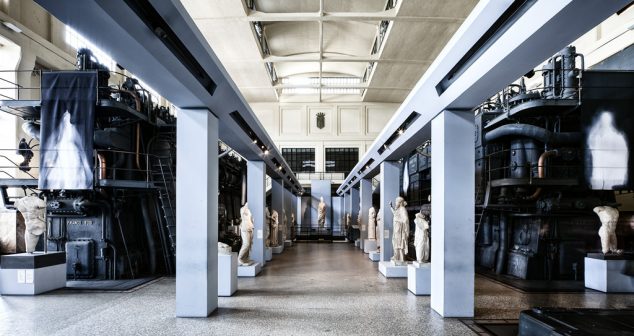
In the Museo Centrale Montemartini, once Rome’s main power plant, ancient artworks are contrasted by the industrial archaeology of generators and turbines
Faces of common people from thousands of years ago
In this museum we see the faces of common people from thousands of years ago: patricians and slaves surround the visitors; they’re placed on human-height pedestals designed to allow you to look these pure white marble beings in the eyes, all the while contrasting their inherent humanity with the black steel machines that make up the background.
Graphics studios, recording studios, music schools – and nightclubs and trendy restaurants
Around the area are numerous graphics studios, recording studios, and music schools, which are flanked by the opening of nightclubs and trendy restaurants. This is Rome’s night spot, where the young and free go to party. This activity spans out around the “Porto Fluviale Occupato“, an alternative cultural centre that grew out of a squat, a building now entirely covered by a mural by Blu, called “Rainbow of Faces“, today defining the whole neighbourhood as one of the most culturally interesting in Rome.“Village” of Garbatella, visited by Ghandi in 1931
Finally, between Tor Marancia and Ostiense, there is the “village” of Garbatella that was created in 1920 as a “garden city” in the model of those created by the British urban planner Ebenezer Howard. This fascinating, self-contained suburb has managed to keep its community identity – small villas alternating with public and private spaces and gardens – largely intact. Visited by Mahatma Gandhi in 1931 to see its exceptional social and community qualities, it now offers the opportunity for charming strolls that make you completely forget its location, just outside the historical heart of the Eternal City. Against the backdrop of these neighbourhoods, further to the south, you can also see the skyline of the EUR: the “Third Rome” designed during the fascist dictatorship.Certain experiences must be made in person to truly understand a place
For years I have been trying to teach my students and visitors how much certain experiences must necessarily be made in person to truly understand a place. But is visiting a monument like the Pantheon, with its 8 million visitors per year, surrounded by distracted, noisy tourists with their selfie-sticks, truly the way to experience and understand Rome? How much truth actually remains in a place overrun with such predatory tourism? Or is it in fact better to experience Rome by seeking out its lesser-known quarters and finding the ancient history in relative solitude and silence, untroubled by “industrial” vacationers?

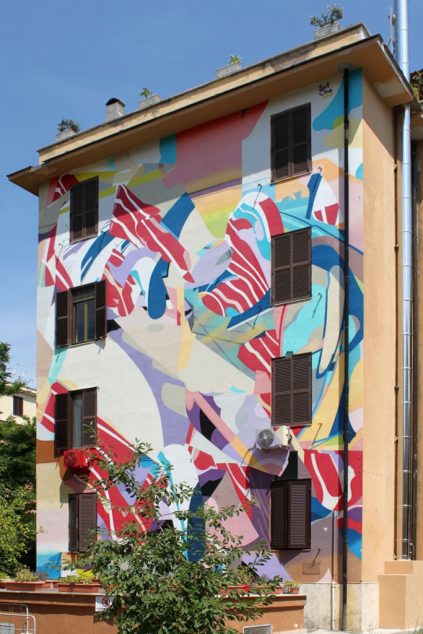

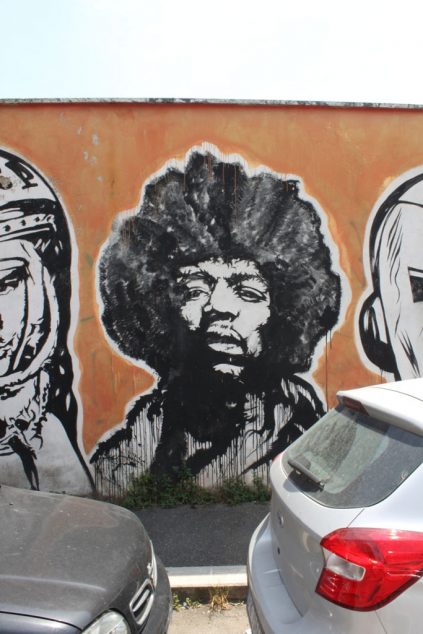
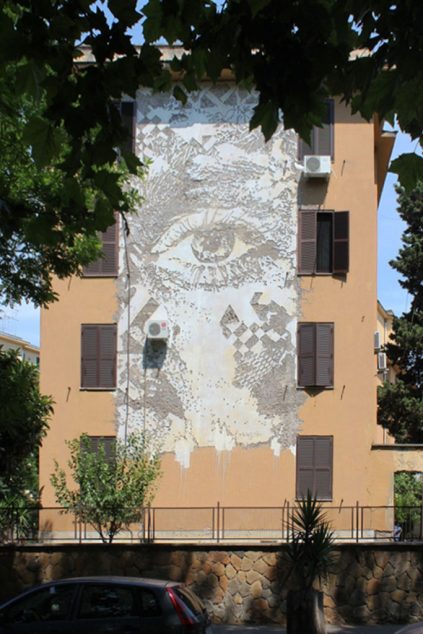
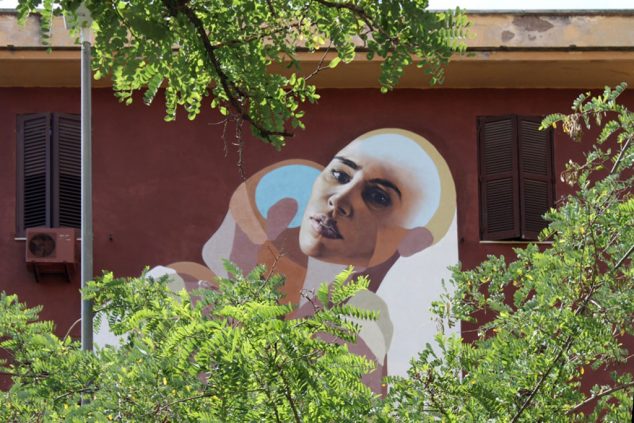
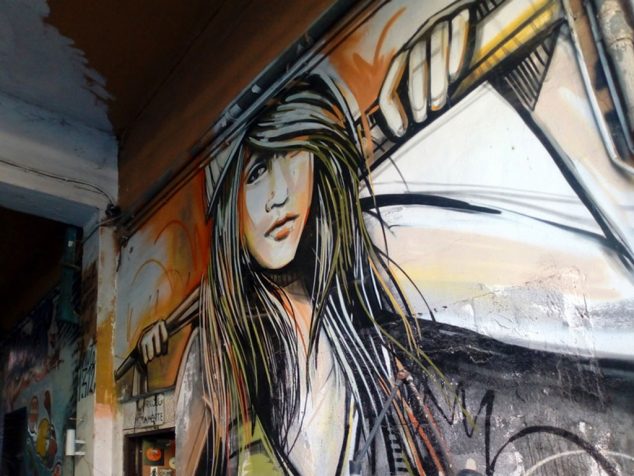
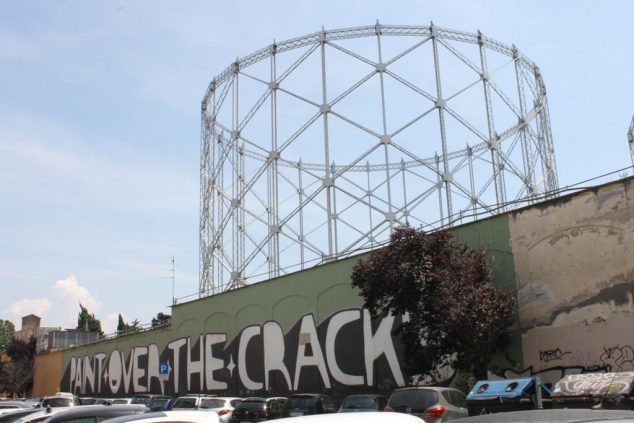

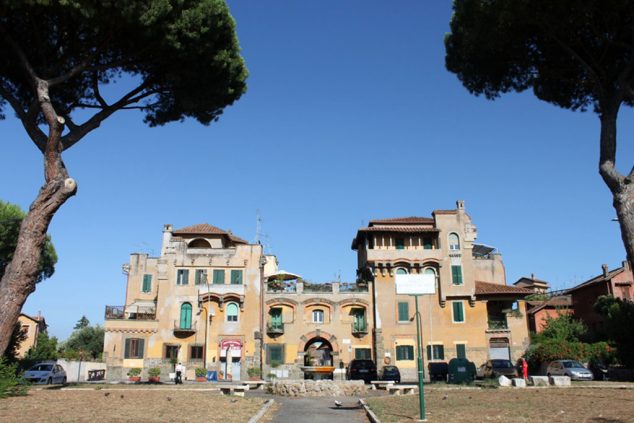
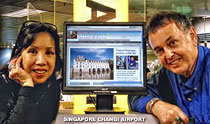
 Take Better Digital Photos eBook
Take Better Digital Photos eBook Guerrilla Travel Photography eBook
Guerrilla Travel Photography eBook
Leave a Reply